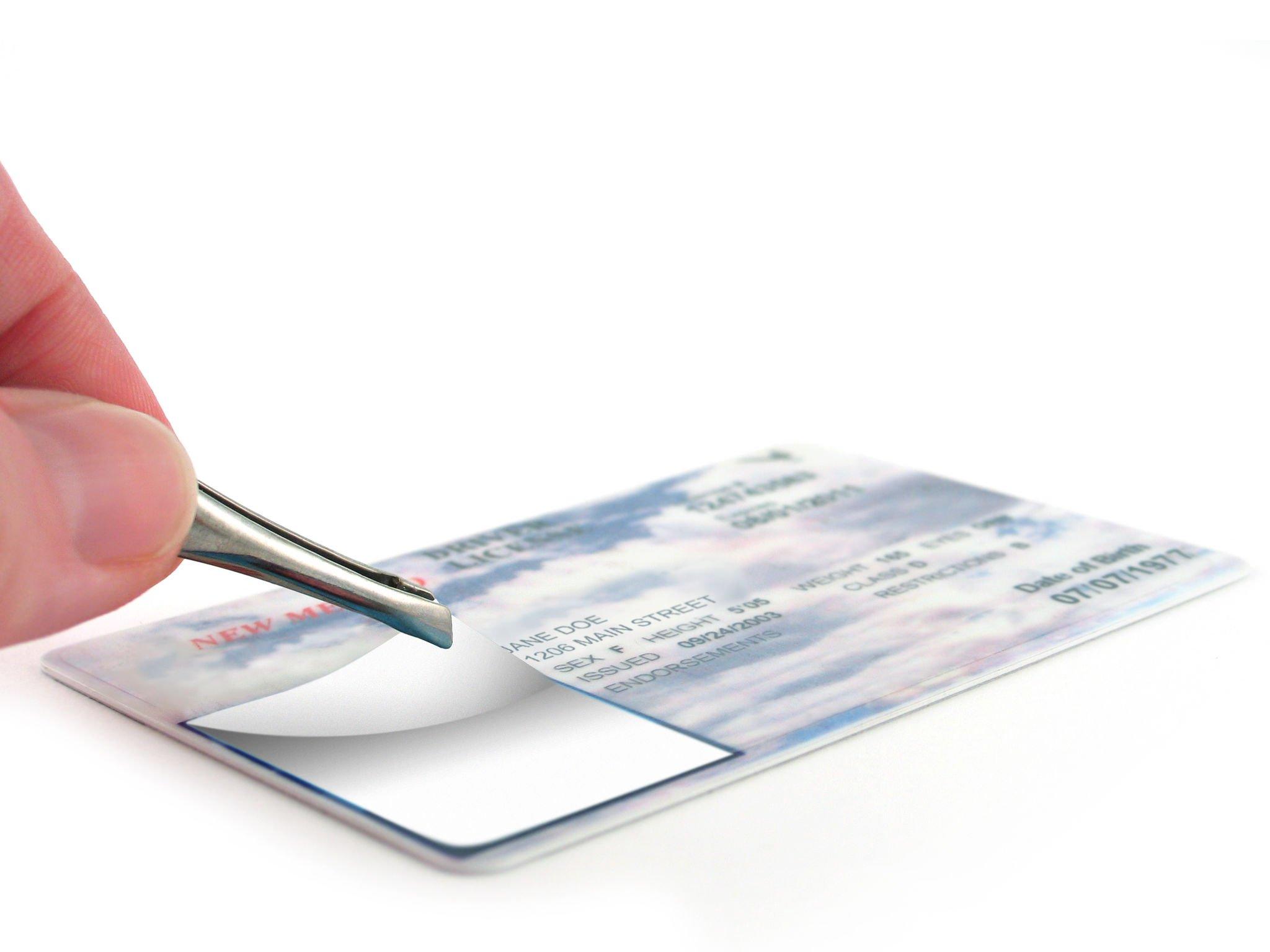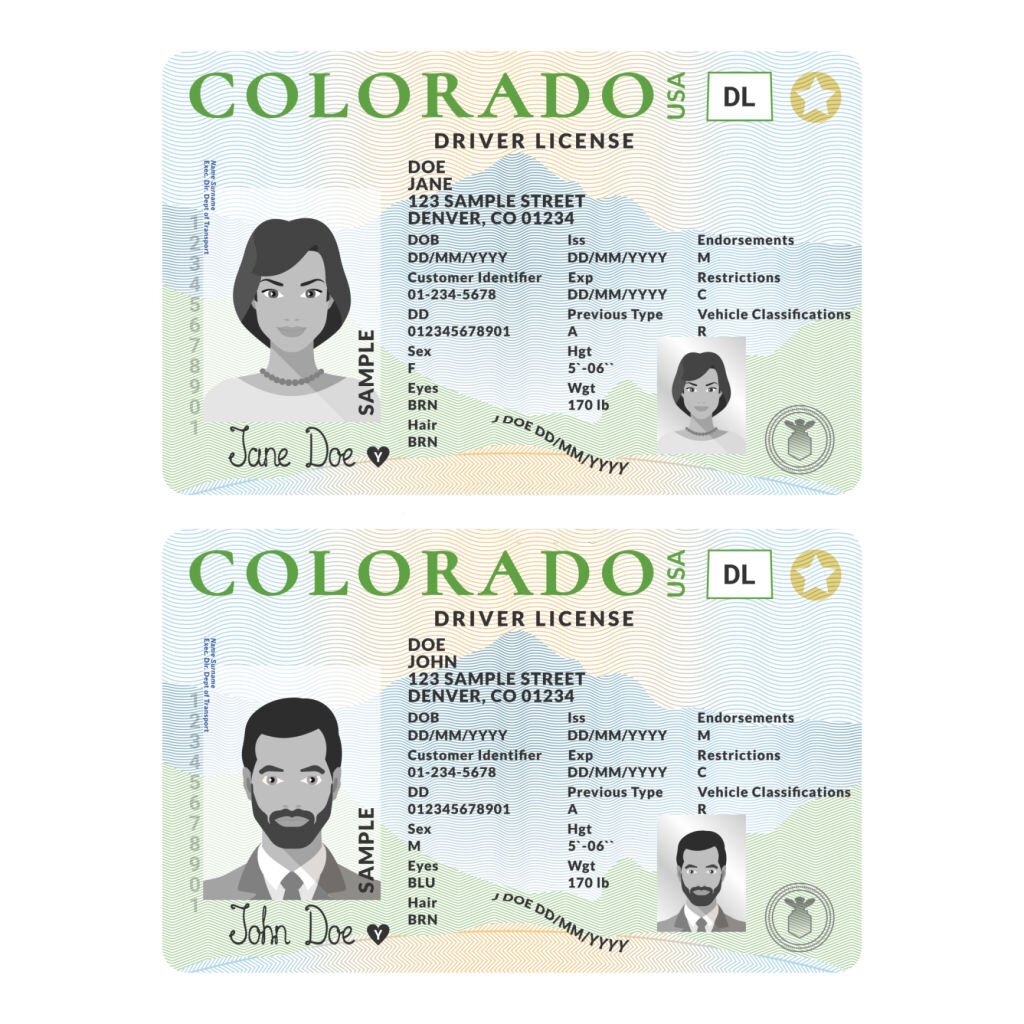Different types of Fake IDs and How to Spot Them
It's a thrilling time to be eighteen. There's a lot going on, from finally being able to vote to going out for a pint with friends. People under the age of 18 are usually just as passionate about consuming alcoholic beverages. In rare cases, it may lead to the acquisition of a novelty id.
The three most prevalent types of ID fraud are borrowed, fake, and altered ID. Because of current and improved security measures, ID fraud has changed. Borrowed identification is by far the most common type of identity theft, followed by Fake IDs and, less commonly, Altered IDs. Here are a few approaches for detecting problems.
Borrowed Id
Borrowed identification is becoming the most common type of identity theft. 95 percent of all ID fraud is committed with a borrowed ID. Minors receive borrowed IDs from a variety of sources, including an older sibling's ID, an older friend's ID, or an ID obtained from a stranger through their friends and friend networks.
Here are a couple methods for identifying the borrowed ID:
Compare the ID photo to the person in front of you and question about any discrepancies (the cardholder counts on the fact that a store clerk will be too busy to inspect the ID closely).
Compare and contrast other physical attributes such as height and weight.
Look for "DUPL" stamps or other duplicate card markings.
Look out for cards that have previously expired.
Pose inquiries.
Look for indications of deception.
Fake IDs
To keep up with the latest security developments in real IDs, fake ID producers are adopting new technologies to create highly "genuine" looking fakes. To obtain these identity cards, the internet has become a plastic matter. A visual and physical examination of the ID in question, as well as knowledge with what a real ID in your community looks like, are the best techniques to identify fakes.
Physical examination of the ID.
Examine the card's firmness. A phoney ID is often heavier or thicker than a genuine ID. Squeeze the ID card carefully to test whether it feels comfortable.
Examine the card's edges. Almost all identity cards have rounded edges on all sides. If the edges are square, the card most likely has a phoney front.
Examine and try to feel the front and back of the ID. Examine the surface for bumps, ridges, and other irregularities.
Examine the corners of the IDs. A legitimate ID's corners cannot be split or pushed back. If you can separate or peel apart the borders of the ID with your fingernail, it's most likely a forgery.
Visual examination of the ID.
Examine the general design, fonts, and colour patterns for any known security aspects that should be present on authentic IDs.
Remember to check the back of your ID as well. Fake ID creators put forth a lot of effort reproducing the front of the ID but less time replicating the back.
Altered ID
Modern identification cards are significantly more difficult to counterfeit than prior versions. Changing the photo on an ID, for example, is extremely difficult due to developments in ID printing technology and the use of a special plastic substance that is seldom seen on newer types of ID. The current ID craze is to change the date of birth, "Under 18 Until," or "Under 21 Until" dates.
The most common way of changing IDs is to use transparent fingernail polish or superglue and write or print new dates on top of the paint or glue. Look for the following indications of tampered IDs:
Look for small elevated or glittery spots around the date of birth or the "Under Until" dates.
Check for any modifications to the typeface and colours.
How Can You Spot a Fake ID?
If you own a bar, tavern, or other institution that sells and buys alcohol, you have a vested interest in identifying false ID cards. Even if the children buy fake driving licences and fake IDs, you may face legal consequences if you serve them. Fortunately, techniques for identifying fraudulent cards exist.
Examine for Foils and Holograms
Regardless of where you live, most ID cards now feature foil or holograms as a security measure. Check that these features are visible and that holograms fade in and out as the card is spun. If a hologram is always shining, the card is most certainly a forgery.
Scanning the ID
Fake ID card producers have become rather adept, although they seldom have the resources to encode a magnet strip. By scanning a card using an ID scanner, you may quickly determine whether or not it is legitimate. When you scan an ID into a networked ID Scanner, it performs many validity checks and even saves the ID data to your system, making it easier to identify a forgery.
Many systems also allow security personnel or bartenders to ask the presenter of the ID questions, such as their zodiac sign, if they suspect a forgery.
Consider More Than Just the Birth Date
As previously said, some people use legal ID cards that aren't theirs, therefore cross-reference the photo with the cardholder. Using a forged American identification card is a serious felony. It's best for kids to wait until they're 18 to drink, and bartenders should safeguard them by recording bogus IDs as soon as they see them.
While the restrictions vary depending on where you live in the United States, bartenders or door staff are often the first to notify the authorities if an ID seems to be falsified. It is then their job to turn over the card to the police so that an investigation may be properly performed.
Conclusion
A formal citation can also be provided. If police officers choose to pursue the case further, which is more likely if you've been caught before, you might face criminal charges.



Comments
Post a Comment